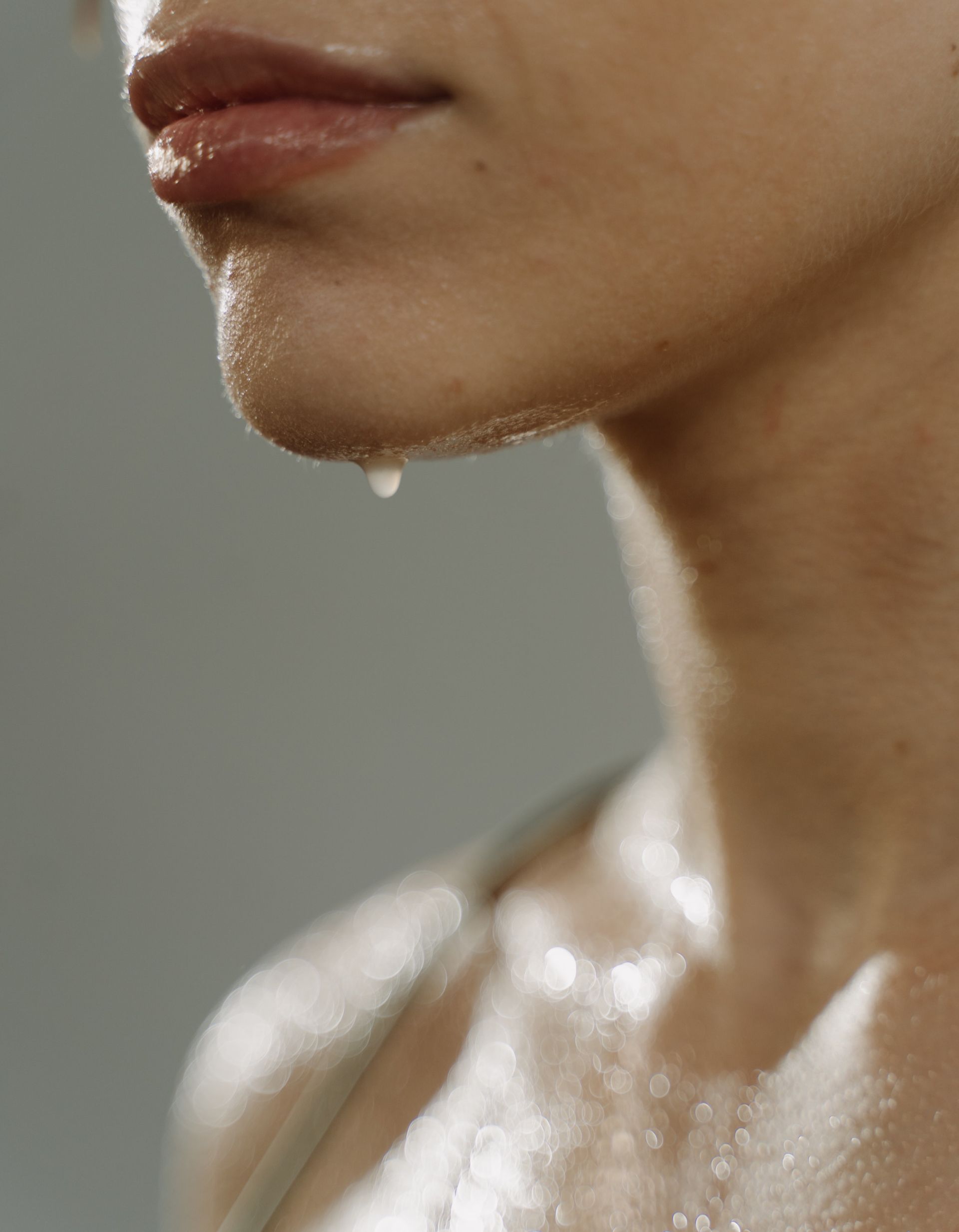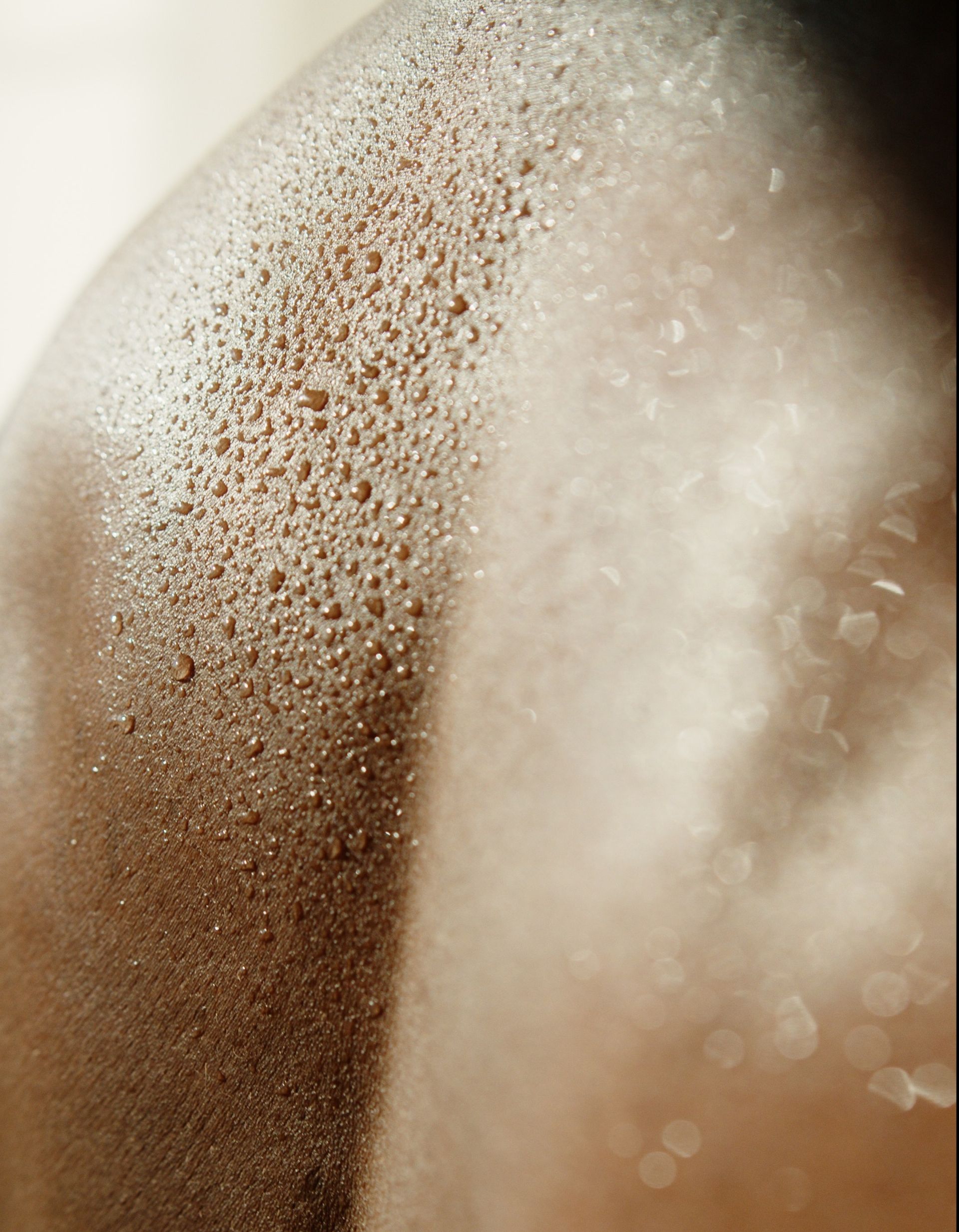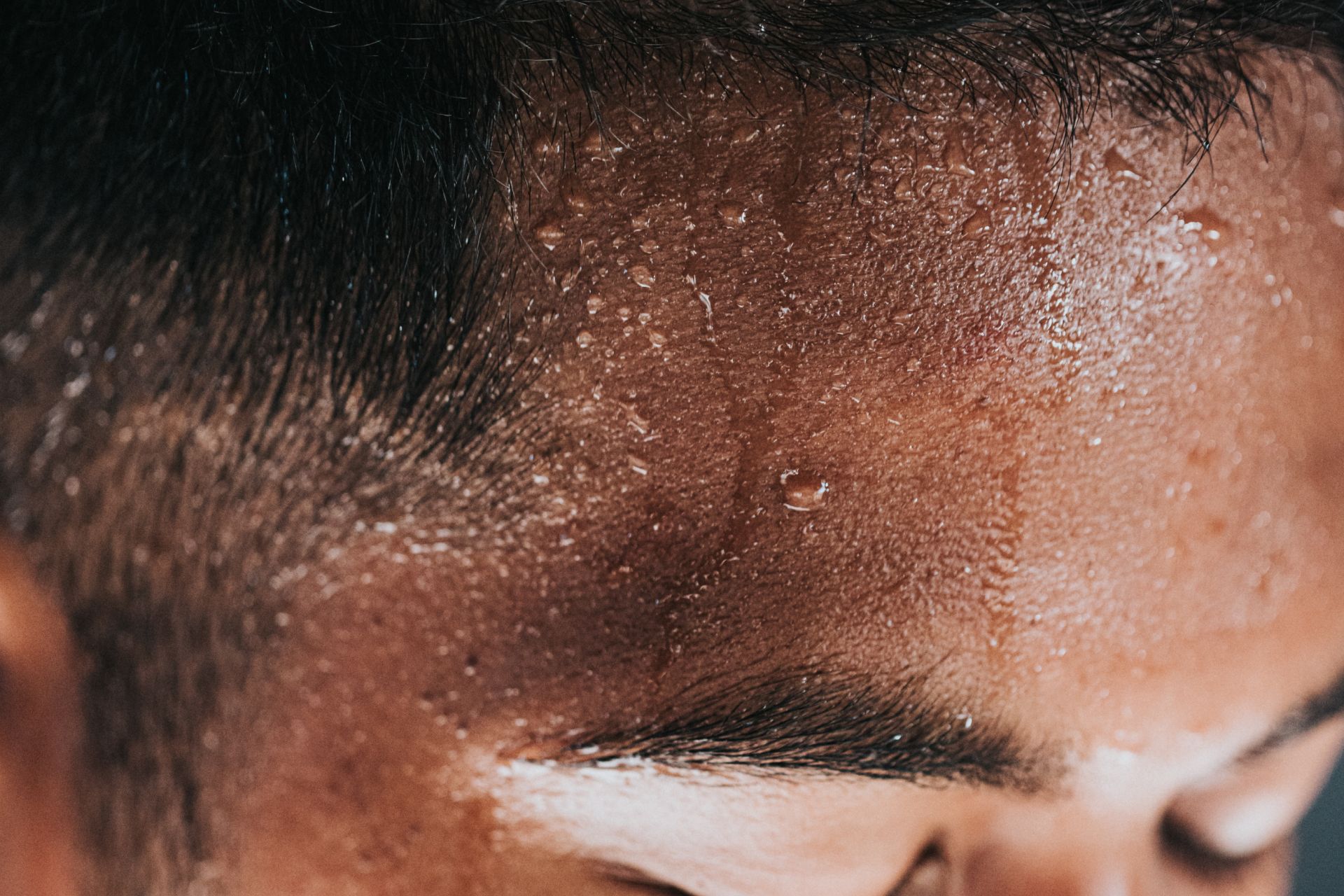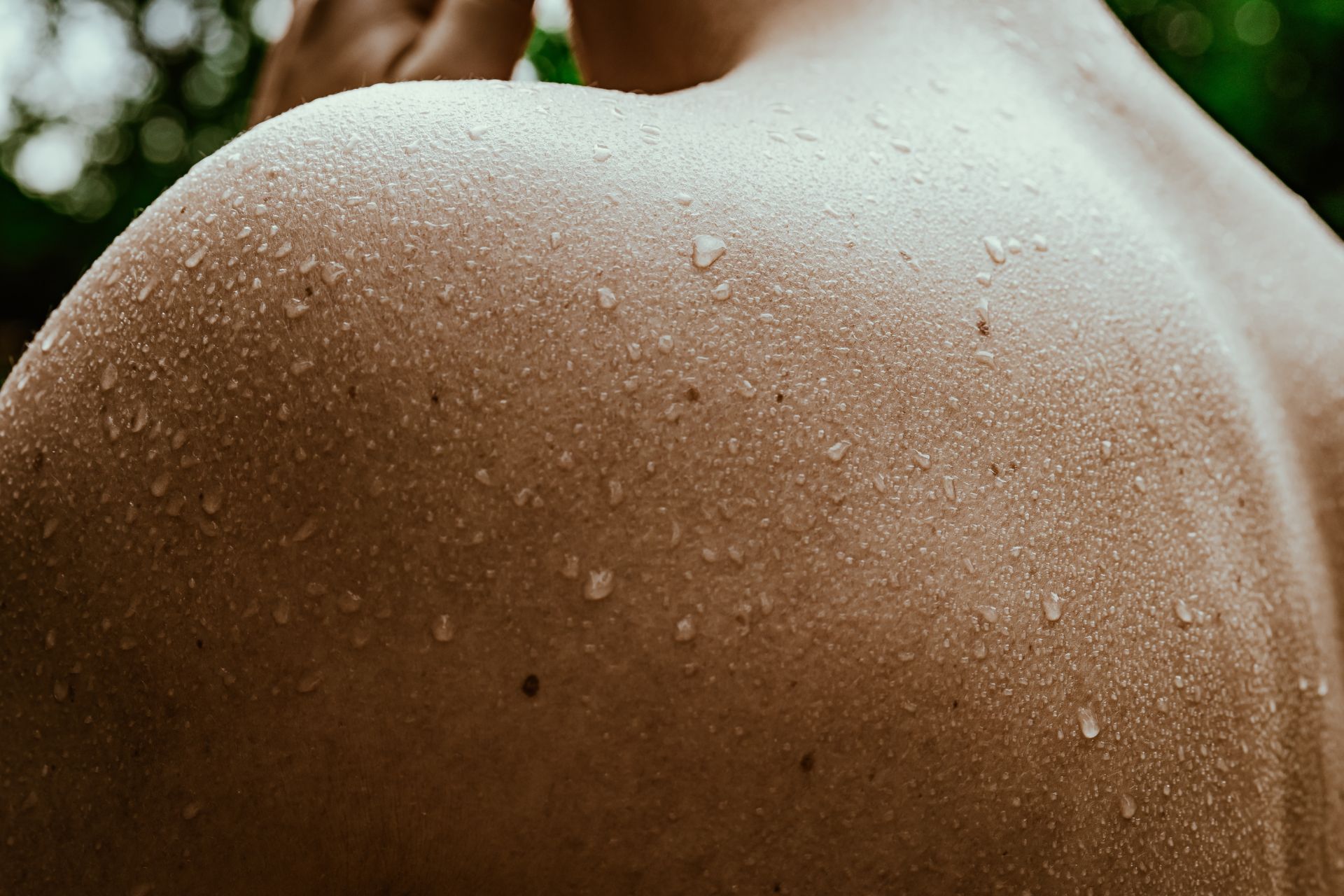about hyperhidrosis
(Intro)
Sweat serves as the body's coolant and is essential to human survival. However, overactive sweat glands can produce more sweat than is necessary.
Hyperhidrosis is a medical condition characterized by excessive sweating beyond what is necessary to regulate body temperature. The condition affects an estimated 3% of the population and can significantly impact a person's quality of life, often referred to as a „silent handicap”.
Symptoms of hyperhidrosis include excessive sweating on the palms, soles of the feet, underarms, and/or face. It can occur even when the body is at rest and is not related to physical activity or heat. Hyperhidrosis can also lead to social anxiety and embarrassment, making it difficult to participate in daily activities.
(Causes)
Hyperhidrosis causes can be complex, but with understanding comes the ability to effectively manage the condition.
Primary hyperhidrosis
Primary focal hyperhidrosis is characterized by excessive sweating that is not caused by another medical condition or medication. This type of hyperhidrosis typically affects specific areas of the body, such as the palms, soles, underarms, and face. Primary hyperhidrosis is thought to be inherited and usually begins during childhood or adolescence.
Secondary hyperhidrosis
Secondary generalized hyperhidrosis is excessive sweating that occurs as a result of an underlying medical condition or as a side effect of medication. Unlike primary hyperhidrosis, this type is characterized by excessive sweating all over the body, often experienced during sleep. With secondary hyperhidrosis, excessive sweating usually starts in adulthood.

(Diagnosis)
Healthcare professionals have a wide range of options for examining excessive sweating and diagnosing hyperhidrosis.
Physical examination
During a physical examination, a healthcare professional will examine the affected areas and ask about the person's medical history, including any medications they are taking. This can help to identify any underlying causes or contributing factors that may be causing the excessive sweating.
Sweat test
A sweat test involves coating the skin with a powder that changes color when wet or placing electrodes on the skin to stimulate the sweat glands and measure the amount of sweat produced. This allows the healthcare professional to determine the severity of the sweating and whether it is excessive.
Imaging and other diagnostic tests
In some cases, additional diagnostic tests such as imaging tests or blood tests may be used to rule out underlying medical conditions that could be causing the hyperhidrosis. These tests can provide a more detailed look at the body and help to identify any potential issues that need to be addressed.

on your parade
(Treatment)
Based on the severity of the condition and individual preferences, hyperhidrosis can be treated with a variety of methods.
Lifestyle changes
Certain lifestyle changes can help reduce symptoms of hyperhidrosis. Eating a healthy diet, exercising regularly, wearing breathable fabrics, and avoiding stressful situations or other triggers can help to reduce sweating. These simple changes can make a big difference in managing hyperhidrosis.
Antiperspirants
Antiperspirants are commonly used to treat excessive sweating by blocking sweat glands and reducing sweat production. Over-the-counter antiperspirants are typically the first line of treatment, while prescription-strength antiperspirants are available for people with more severe symptoms.
Medications
A wide range of medications can be used to treat hyperhidrosis. Specific medications can help to prevent the stimulation of sweat glands and reduce excessive sweating. Nonetheless, as some of these medications may have side effects, it is important to discuss this option with a healthcare provider.
Botox injections
Botox injections can be used to treat excessive sweating in certain areas by preventing sweat gland stimulation. This treatment is typically recommended for people who have not found relief with other treatments. The effects can last for several months, but it can be expensive and may require multiple applications.
Surgery
Surgery is typically reserved for the most severe cases of excessive sweating that have not responded to other treatments. This procedure often involves cutting the nerves that stimulate sweat production in the affected area. However, even this option can be ineffective and may cause unwanted side effects.


(Coping)
Living with hyperhidrosis can be challenging, but there are several coping strategies that can help manage the symptoms.
Managing symptoms
- Seek help from a healthcare professional
- Wear breathable clothing made from natural fibers, such as cotton or linen, and avoid synthetic fabrics
- Use antiperspirants and topical creams as directed
- Plan your agenda to avoid stressful situations
- Use a fan or air conditioning to keep cool
- Keep a towel or handkerchief nearby to wipe away sweat
- Avoid triggers such as spicy foods, caffeine, and alcohol
Dealing with impact
- Be open and honest with friends and family about the condition and ask for their support
- Seek help of a therapist or counselor to manage the emotional impact of the condition
- Keep in mind that hyperhidrosis is a medical condition and not anyone's fault
Connecting with others
- Find local or online support groups, where people with hyperhidrosis can connect and share experience
- Join a hyperhidrosis advocacy group to help raise awareness and support research